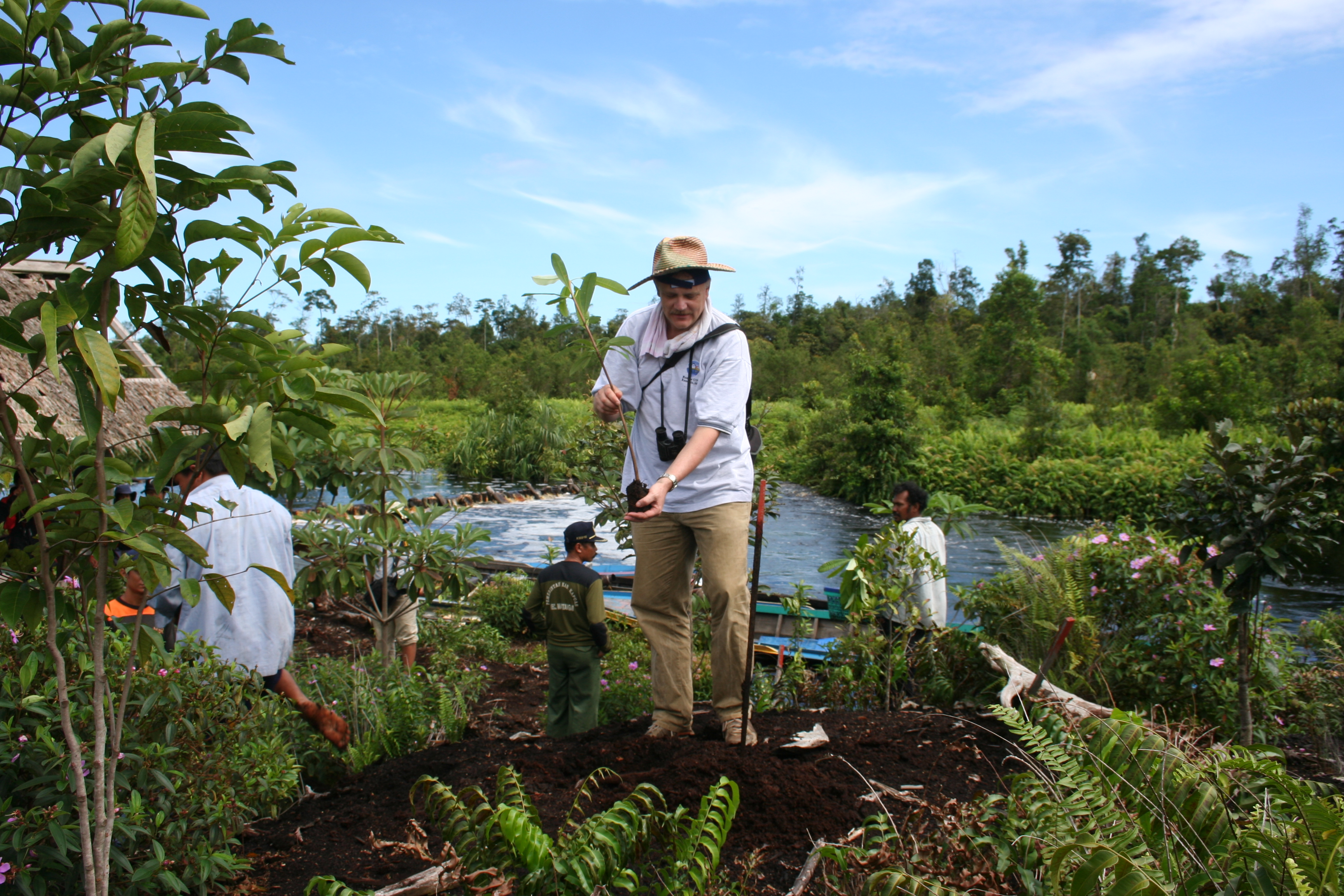
Sustainable land use
-
Sustainable land use
Conserving and rehabilitating peatlands does not mean that these areas become off-limits to economic activity. Several options for sustainable use of wet peatlands exist, and local communities have made use of such opportunities for centuries. In addition, peatlands can be cultivated with crops adapted to the wet soil conditions – a practice known as paludiculture. This can reduce or even stop greenhouse gas emissions from peatlands and simultaneously provide sustainable livelihoods from peatlands as a basis for local business. There are hundreds of commercially interesting species that can be used for this.
An example is the collection of food for direct consumption. In the boreal zone of Eurasia, a wide variety of wild edible berries and mushrooms are gathered for food and vitamins, which justify the protection and restoration of mires. In other parts of the world, local communities collect a variety of plants for human nutrition or medical use from wet peatlands.
Over the past ten years numerous reforestation trials on degraded peatlands in Southeast Asia have been developed. Opportunities include the cultivation of indigenous commercially valuable species such as Illipe Nut, Jelutung, Melaleuca, rattans and Sagu. These can be combined with other non-peat based economic activities, such as chicken, duck, goat, vegetable or fish farming, as well as REDD+ initiatives in support of climate smart land-use and equitable development resulting in sustainable landscapes.
Wetlands International undertakes research on the ecosystem restoration of peatlands, linked with new traditional low-intensity uses or commercial uses on wet and rewetted peatlands. We advocate for the (gradual) removal of drainage based activities on peat and replacement of these with sustainable alternatives. Our aim is to support and implement pilot projects that help develop and evaluate such opportunities.
